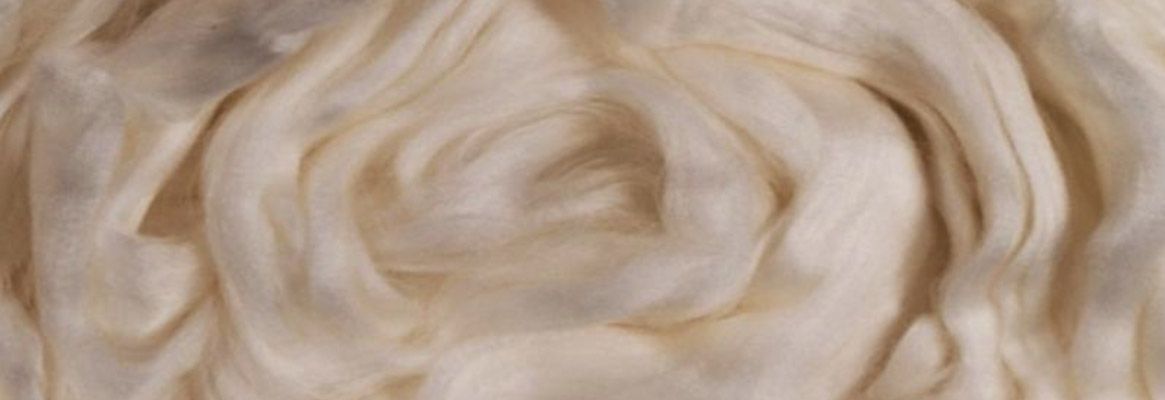Manufacturing process of Milk Fiber
Milk Fiber:
Milk fiber is a blend of casein protein and the chemical acrylonitrile, which is used to make acrylic. It's made using a process that is similar to rayon/viscose, but because it's a regenerated protein fiber and not a regenerated cellulose fiber, it reacts like wool. That means that it dyes like wool and even smells like wool when burned, according to Kiplinger.

Characteristics of Milk Fiber:
1. In milk fibre, the natural protein humectant factor is present, which makes the skin delicate and smooth.
2. It absorbs moisture very well as it is hygroscopic in nature.
3. It is antibacterial and antifungal as amino acids present in the fibre.
4. It is glossy and luxurious in appearance, feel and comfortability, just like silk..
5. It is very easy to dye and can be dyed under normal temperature.
6. It can be blended well with other different fibers, such as tencel, cotton, bamboo, modal fibre.
History of Casein or Milk Fiber:
According to Euroflax Industries, milk fiber was invented in 1930's in both Italy and America and was called "milk casein." Casein was invented way before the 1930s apparently they've discovered that many churches from the 14th and 15th centuries were painted with casein-based paints - the colors are still bright and unfaded even to this day! Well, apparently this milk casein stuff is great for paint. But how does that connect with milk fiber?
Apparently "milk casein" fiber was used in many clothing and household items in America and Europe during the 1930s and '40s, says Joan Kiplinger of Fabrics.net. It was substitute for wool, which was needed by men on the front lines. However, it fell out of use after WWII ended and newer, cheaper synthetics such as nylon grew in popularity. The fiber was blended with other natural fibers and known under the brand names of Aralac, Lanatil and Merinova, for those of you checking your vintage clothing labels. While these brands' fabrics were very similar to wool and could be dyed by the same processes, apparently there were some flaws with the milk casein fiber - namely, that it was not as strong and firm, nor as elastic as wool, and the fibers mildewed easily when they got damp.






